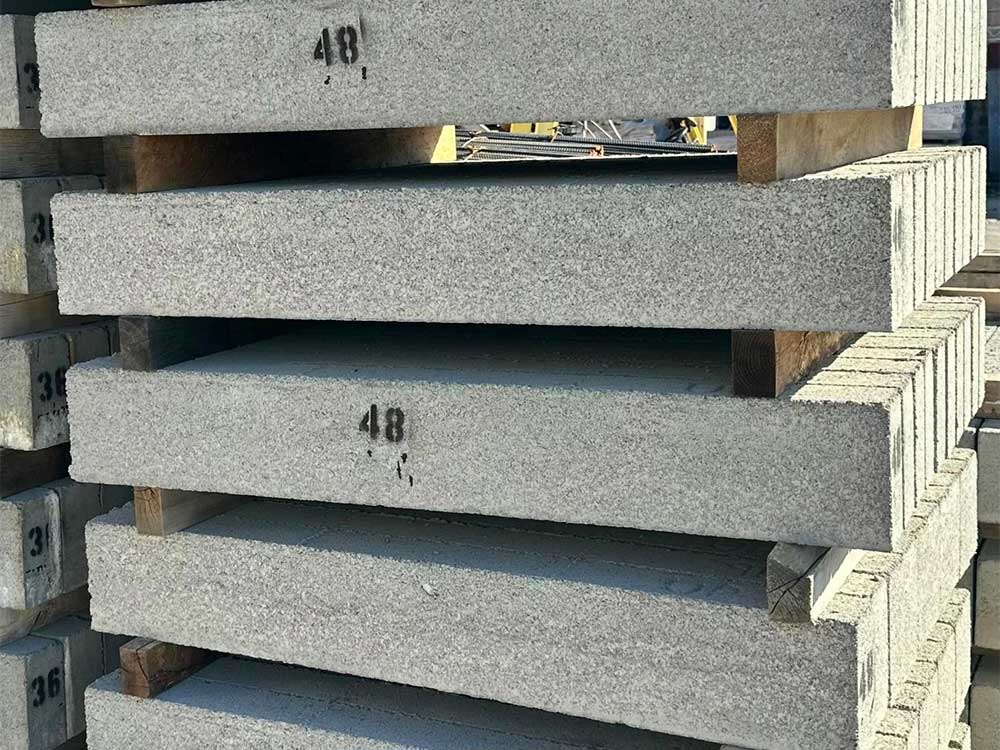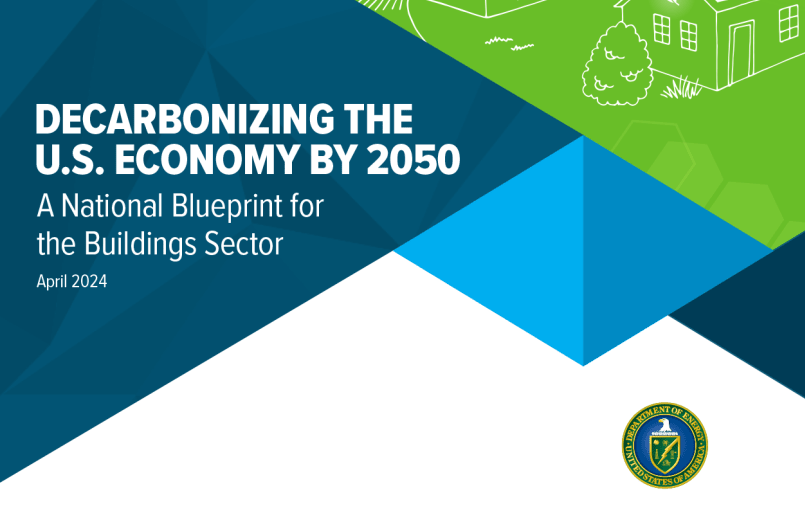Stormwater: A Social Force
Mother Nature is an interesting social force. She cares little about how much money you have, who your parents are, or even the color of your skin. Simply put for society to be able to function we need to work together to adapt, mitigate, and address the forces of Mother Nature.
While it may not care about who you are, its impacts are unevenly felt. Rather it further exacerbates existing issues. Social scientists and now governments have quantified these social burdens under a single topic, called environmental justice (see this great interactive EJ Tool from Maryland). As we look to see its impacts let’s look at its impacts on multi-modal transportation. Multi-modal is a transportation term that simply means all modes of transportation: rail, cars, bikes, pedestrians, transit, and waterways.
Multi-modal transportation is a great ideal. It reflects the need to use transportation networks to get people and goods from where they are to where they are going regardless of how they choose to travel. The challenge though is that with limited space how do you accommodate everyone and everything while still make the space safe and functional.
This only gets more challenging at the terminus—everyone wants to end their journey right where they need to be. However, we can’t build roads right to someone’s front door, they’d get run over when they stepped out.
To make multi-modal a reality we need to ask out transportation networks to be flexible, and be more than just one thing. One of these challenges is the historical constraint of one of Mother Nature’s forces: stormwater. One of the great achievements of the Roman transportation network was its ability to manage stormwater. Just as in Roman days stormwater infrastructure has to be there, or else we can’t move about when it’s raining. However, most of the time it’s just standing by taking up space.
We’ve typically handled this by burying this infrastructure, but this is expensive and reduces valuable space for tunnels and utilities like drinking water, electrical, and telecommunication. What if we asked these hard surfaces to also be the stormwater solution?
PaveDrain permeable pavement has successfully demonstrated functionality as the roadway or sidewalk itself. It has an ever growing list of approvals from several state DOT’s– DC, Florida, Georgia, Indiana, Iowa, Maryland, and Wisconsin. It has been used with great success to keep our transportation networks passable despite rain and storms. This truly enables multi-modal transportation, and reduces the burden on communities that are disadvantaged (low EJ score).
Better yet, it frequently handles nearby issues as well. Nearby surfaces can be graded to allow PaveDrain to handle this run-on. This allows other elements of our multi-modal transportation network to address fewer challenges. PaveDrain has been recognized with awards like a BUBBA (best ultra-urban BMP) for this solution (Better for the Bay- PaveDrain Case Study).
Ready to build a multi-modal transportation network unencumbered by stormwater?

VP of Business DevelopmentAaron Fisher
Latest News
4 Features That Makes Masonry Supply Company Stand Out
A masonry supply company plays a crucial role in the success of construction projects, providing essential materials and expertise to […]

Choosing The Right Size Lintel For Your Project
Determining the correct size of a lintel is critical for the stability and longevity of your construction project. A lintel […]

Data Misses on Embodied Carbon
There is significant urgency to avoid, reduce, or even reverse the emissions of greenhouse gases (CO2e) to avoid the worst […]

4 Masonry Tools You Should Have At Home
Effective and efficient masonry work, whether for repairs or new projects, requires the right tools. At home, having a basic […]
